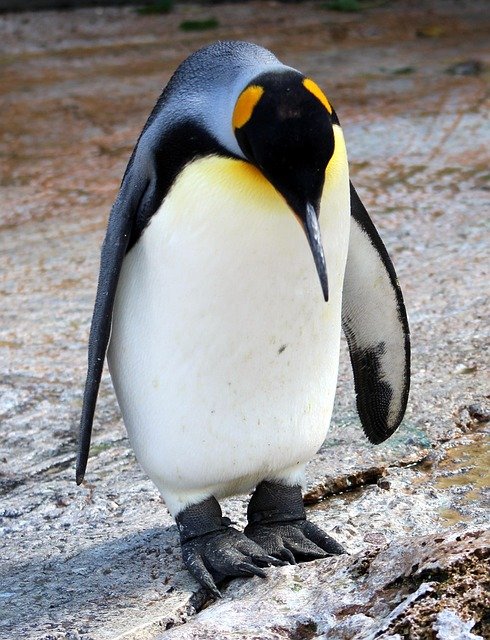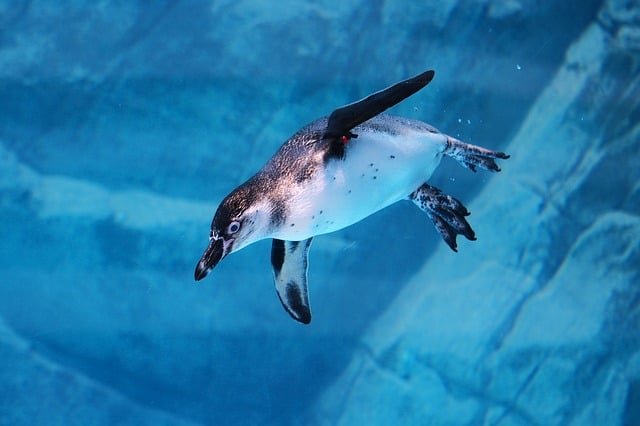**Title: "Diving Deep: The Remarkable Adaptations of Penguins for Life in the Water

Diving Deep: The Remarkable Adaptations of Penguins for Life in the Water
Penguins are fascinating creatures that have captivated the hearts of many with their charming waddles and striking black-and-white plumage. However, what truly sets these flightless birds apart is their remarkable adaptation to life in the water. In this post, we will explore the various adaptations that enable penguins to thrive in their aquatic environment.
1. Streamlined Bodies
One of the most significant adaptations of penguins is their streamlined body shape. This hydrodynamic form reduces drag as they swim, allowing them to glide effortlessly through the water. Their bodies are built for speed, with a torpedo-like shape that helps them navigate swiftly in search of food.
2. Flipper-like Wings
Unlike their avian relatives, penguins have evolved flipper-like wings that are perfectly suited for swimming. These wings are rigid and short, providing the necessary propulsion to propel them through the water. When penguins swim, they use a technique called "wing propulsion," which involves moving their flippers in a manner similar to that of fish fins.
3. Dense Bones
Penguins possess dense bones, which help them to stay submerged while swimming. Unlike most birds, whose bones are hollow and lightweight, the heavier bones of penguins reduce buoyancy, allowing them to dive deeper and remain underwater for extended periods. This adaptation is crucial for hunting, as many of their prey live at significant depths.
4. Insulating Feathers
To maintain their body temperature in the frigid waters they inhabit, penguins have a unique feather structure. Their feathers are tightly packed and coated with a layer of waterproof oil, which keeps them dry and insulated. Beneath their feathers, a thick layer of blubber provides additional warmth, ensuring that they can withstand the cold temperatures of their environment.
5. Excellent Vision Underwater
Penguins have adapted their eyesight for underwater hunting. Their eyes are specially designed to see clearly in the water, allowing them to spot prey such as fish and krill. The shape of their lens and the positioning of their eyes help them focus better while swimming, making them efficient hunters in their aquatic habitats.
6. Unique Social Behaviors
Penguins are known for their strong social structures, which play a vital role in their survival. When hunting, they often dive in groups, which enhances their foraging efficiency and provides safety in numbers. Additionally, their vocalizations and body language help maintain social bonds and coordinate activities within their colonies.
Conclusion
Penguins are a testament to the wonders of evolution, showcasing a myriad of adaptations that allow them to excel in their aquatic environment. From their streamlined bodies and flipper-like wings to their unique social behaviors, these remarkable birds have perfected the art of life in the water. As we continue to study and admire these incredible creatures, we gain valuable insights into the complexities of adaptation and survival in the natural world.
Feel free to share your thoughts or any fascinating penguin facts you may know in the comments below! 🐧✨

Upvoted! Thank you for supporting witness @jswit.